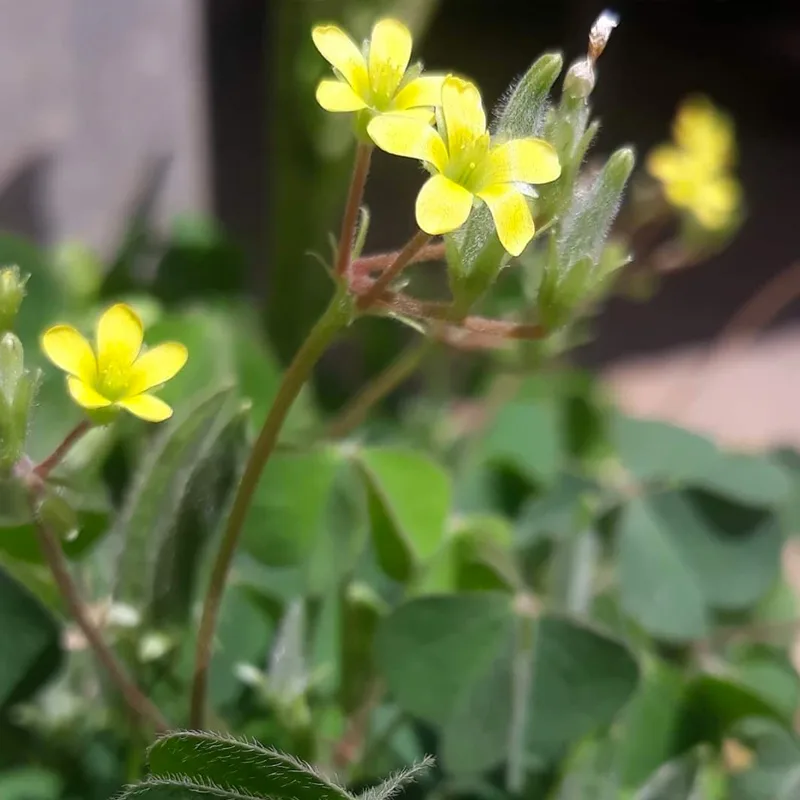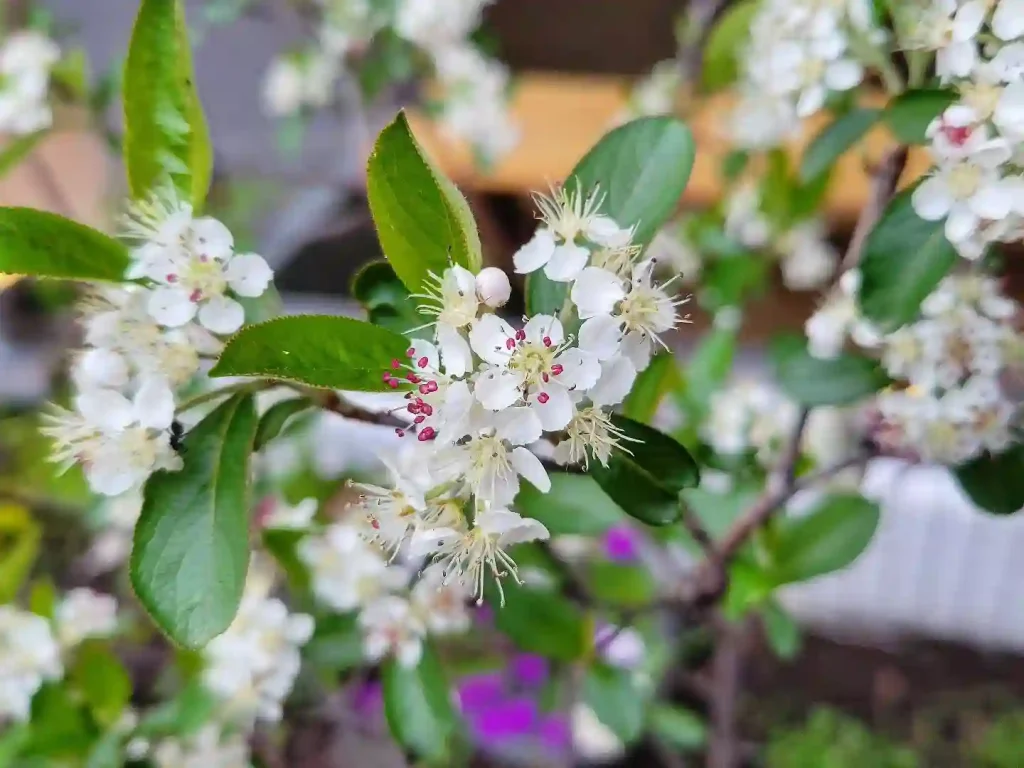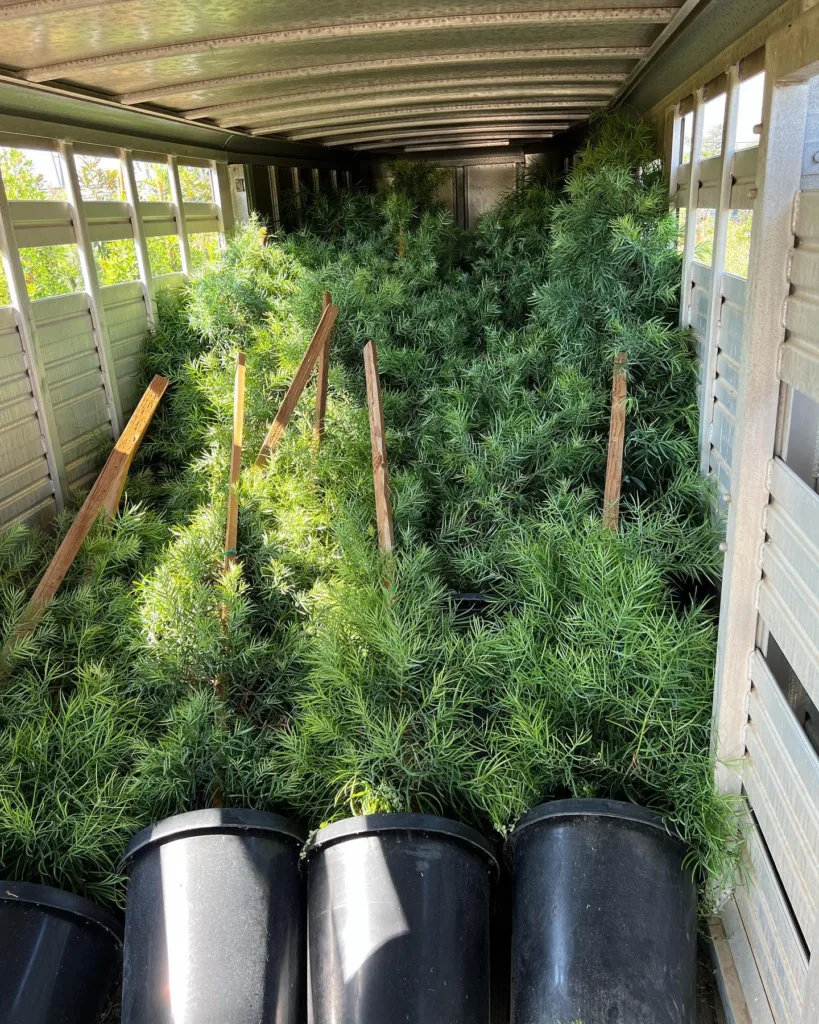
The Majesty of the Terminalia Catappa: A Towering Tropical Treasure
The Terminalia catappa, a towering giant draped in broad, leathery leaves, has captivated me for years. This magnificent tree, also known as the Indian almond or sea almond, isn’t just visually stunning; it boasts a rich cultural history and surprising versatility. From its edible seeds to its medicinal properties, the Terminalia catappa has earned its place as a tropical treasure.
Indian almond vs american almond
Indian almonds have a richness that’s quite different from American almonds; the former offers a robust flavor that adds a unique twist to both sweet and savory dishes, whereas American almonds are a bit more neutral and consistent.
Indian almond vs fiddle leaf fig
Indian almond trees have such a unique presence compared to the fiddle leaf fig; while the Indian almond gives a more exotic, sprawling look, the fiddle leaf fig’s bold, upright leaves always stand out in a more dramatic fashion.
Indian almonds vs california almonds
In my experience, Indian almonds have a distinct, almost savory taste compared to California almonds, which are milder and more versatile for everyday snacks and recipes.
Indian almond leaves vs oak leaves
I find the Indian almond’s leaves to be a beautiful addition to my garden, providing a lush, tropical feel that’s quite different from the sturdier and more familiar oak leaves.
Can You Grow Terminalia Catappa Indoors?
While the Terminalia catappa thrives outdoors in tropical and subtropical climates, replicating those conditions indoors can be challenging. The tree matures to a massive size, easily reaching 30 meters (98 feet) in height. Indoor spaces simply can’t accommodate this growth.
However, all is not lost! If your heart is set on having a Terminalia catappa, you can try growing it as a bonsai. Bonsai techniques restrict growth, allowing you to maintain a miniature version of the majestic tree indoors. Just be prepared to invest time and effort in proper pruning and care.
How to Plant Terminalia Catappa Seeds?
If you have access to fresh Terminalia catappa seeds, planting them is a rewarding experience. Here’s a simple guide:
- Gather your supplies: You’ll need the seeds, a pot with drainage holes, well-draining potting mix, and a sunny location.
- Prepare the pot: Fill the pot with the potting mix, leaving a few inches of space at the top.
- Sow the seeds: Plant the seeds about 1 inch deep in the potting mix.
- Water thoroughly: Water the pot until the water drains freely from the drainage holes.
- Provide warmth and light: Place the pot in a warm location that receives plenty of sunlight.
- Patience is key: Germination can take several weeks, so be patient and keep the soil consistently moist.
With proper care, you should see your Terminalia catappa seedlings sprout in a few weeks.
What is the Leaf Shape of Terminalia Catappa?
The Terminalia catappa’s leaves are a sight to behold. They are large, glossy, and a beautiful leathery green. Their most striking feature is their shape – elliptical with a pointed tip and a distinctive notch at the base. This unique shape, resembling a heart turned upside down, is a defining characteristic of the tree.
How to Care for Terminalia Catappa?
For those lucky enough to cultivate a Terminalia catappa outdoors, caring for it is relatively simple. The tree thrives in full sun and well-draining soil. It’s moderately drought-tolerant once established, but regular watering during dry periods is beneficial. Fertilizing once or twice a year with a balanced fertilizer will promote healthy growth.
Beyond basic care, pruning is an option to maintain a desired shape or size. However, extensive pruning is unnecessary for healthy growth.
What are the Medicinal Roles of Terminalia Catappa?
In many cultures, the Terminalia catappa is revered for its potential medicinal properties. Traditionally, leaves have been used to treat various ailments, including diarrhea, wounds, and skin infections. Research suggests the leaves may possess antibacterial, antifungal, and anti-inflammatory properties. However, it’s important to consult a healthcare professional before using any part of the Terminalia catappa for medicinal purposes.
The Allure of the Terminalia Catappa
The Terminalia catappa’s magnificence extends beyond its visual appeal. From its potential medicinal uses to its cultural significance, this tree offers a unique blend of beauty and utility. While growing it indoors might be challenging, for those fortunate enough to have the space, cultivating a Terminalia catappa is a rewarding experience. And for those of us with limited space, a well-maintained Terminalia catappa bonsai can bring a touch of the tropics indoors.
If i die, water my plants!



